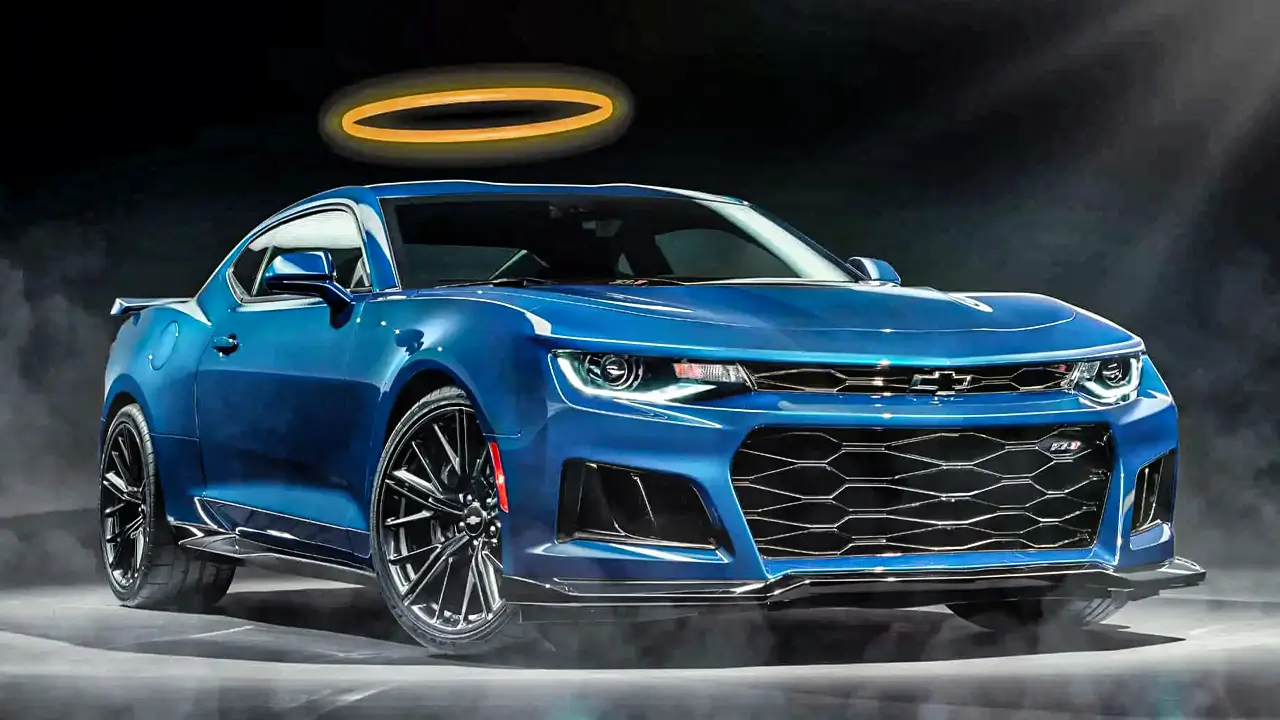Some well-known cars may stop production in 2025 as the auto industry moves more quickly toward electrification and adjusts to changing consumer demands. The strategic choices made by manufacturers to invest in cutting-edge technologies and optimize lineups in this shift. Here is a summary of the well-known models saying goodbye:
1. Nissan GT-R and Titan
After 17 years of manufacturing, Nissan’s legendary GT-R, known as “Godzilla” and known for its performance, will stop being made. Decreased sales of the Titan pickup truck, which found it difficult to compete in the full-size truck market, was also the reason for its retirement.
2. Maserati Ghibli
As the brand shifts its focus to electricity and concentrates on newer models like the Grecale and the future electric GranTurismo, the luxury Italian sedan, the Maserati Ghibli, comes to an end of manufacturing.
3. Chevrolet Camaro and Malibu
An era for this performance vehicle is at the end as Chevrolet discontinued the Camaro, a mainstay in the muscle car market since 1967. In addition, Chevrolet’s final sedan, the Malibu, would no longer be produced, indicating the company’s departure from conventional passenger cars.
4. Ford Edge and Escape
Ford intends to phase out the Edge and Escape SUV models. While the Escape is out despite its popularity to create a place for new ideas, the Edge exits with Ford’s aim to retool its production facilities for future electric car models.
5. Jaguar F-Type
As part of its commitment to an all-electric future and its goal of becoming a luxury electric brand by 2025, Jaguar will stop producing its F-Type, the brand’s history as a sports car.
6. Mitsubishi Mirage
As Mitsubishi focuses on its SUV collection, the Mitsubishi Mirage, renowned for its affordability, will be phased out due to its performance problems and antiquated chassis.
7. Mini Clubman
With the Final Edition, the manufacture of the iconic Mini Clubman, which is known for its distinctive design, will come to a stop in 2024.
- Audi GT50 Concept: A Loud Reminder of Why Car Enthusiasts Fell in Love With Audi
- Nearly 30% of UK Drivers Believe Car Tax Should Be Based on Mileage — Survey
- Why Planes and Boats Escaped the Luxury Tax But Cars Didn’t
- Australia’s Headlight Confusion: Authorities Warn Drivers After Viral $250 Headlight Rule Goes Wild Online
- 2025 Hyundai Venue Facelift Launched in India – Full Details, Variants, and Price
8. Audi A4 and A5 Coupe/Cabrio
By dropping the A4 sedan and A5 Coupe/Cabrio, Audi is simplifying its product line and concentrating more on electric cars and the other models in its inventory.
9. BMW X3M
The all-electric iX3 M is probably going to replace the BMW X3M as the company moves its emphasis toward electrification. Rumors that the next X3 performance model will only be electric are in line.
10. Subaru Legacy
The midsize Subaru Legacy sedan, once a best-seller, will be discontinued in 2025. Subaru’s passenger car lineup will continue to be led by the Outback wagon.
11. Volvo S60
As the business transitions manufacturing to new electric vehicles like the EX90 SUV, Volvo’s path towards electrification signals the end of the gas-powered S60.
12. Fisker Ocean
The Fisker Ocean electric SUV will not get a 2025 model year as Fisker’s bankruptcy, ending the company’s brief entry into the electric vehicle industry.
These discontinuations reveal a fundamental upheaval in the car industry as manufacturers adapt to environmental regulations, technological advancements, and changing consumer demands.
As dealerships clear out their inventory, customers now have the opportunity to buy these obsolete models, often at a discounted price. However, consider the long-term availability of parts and services for discontinued models.
A new generation of cars that promise improved efficiency, cutting-edge technology, and an emphasis on sustainability replace these models as the industry develops, demonstrating the dynamic nature of automotive innovation.
Conclusion
The 2025 demise of car models marks a significant turning point in the development of the automotive industry. Electric and hybrid vehicles replace conventional sedans, sports cars, and underperforming models as automakers embrace electrification, sustainability, and cutting-edge technology. Even though fans may lament the passing of legendary cars like the Jaguar F-Type, Nissan GT-R, and Chevrolet Camaro, this change shows how dedicated the industry is to achieving environmental targets and accommodating contemporary consumer tastes. Although there are maintenance considerations for the future, this time frame gives the chance to purchase these models. These modifications shape the future of mobility and usher in a new era of efficiency and creativity.
